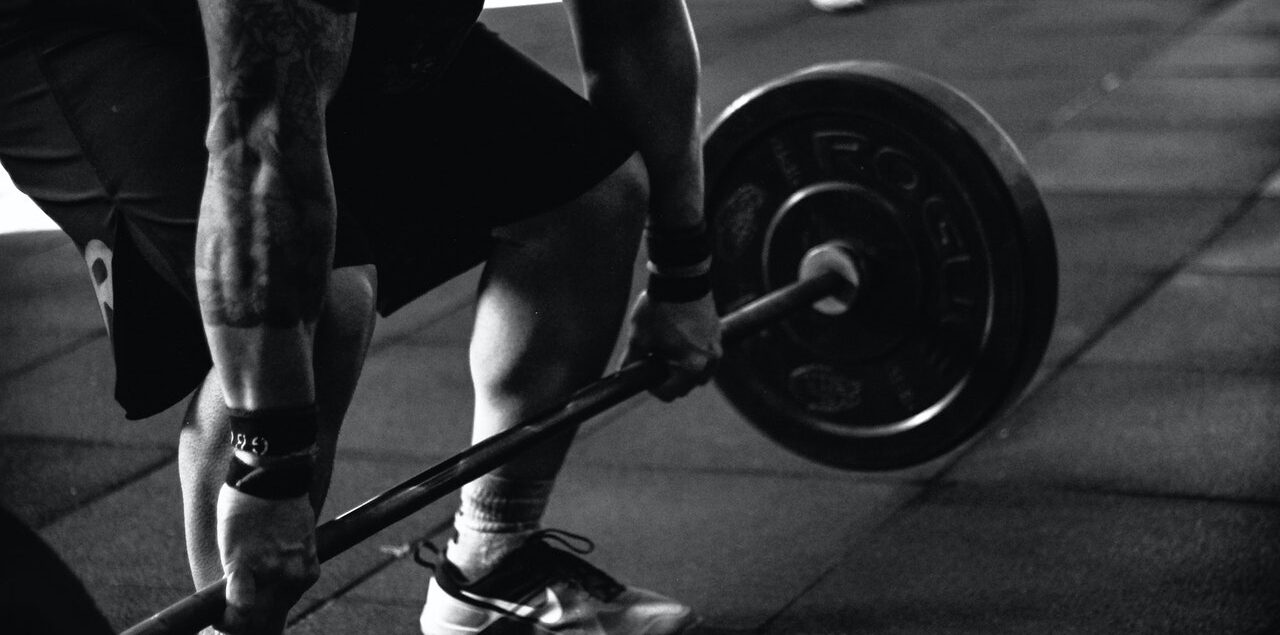Proper Weight Lifting Form
In daily life, you will inevitably have to pick something up that is heavy. It might be a box while you’re moving, a new piece of furniture to move into your home, or even a really heavy grocery bag. Even though it’s a common task, it’s one that can hurt you if you aren’t careful. Improper lifting can be responsible for as much as 36% of work-related injuries annually.
Knowing how to properly lift heavy objects is important for just about everyone, and thankfully it’s quite simple!
Why Form Matters
Lifting uses just about every part of your body:
- Your legs are used to push you upwards and maintain your center of gravity.
- Your core is used for balance, stability, and additional strength.
- Your arms and shoulders bear the primary load of the object, especially if you have to hold it aloft for an extended period.
As a result, there are a huge variety of potential injuries when lifting heavy objects. Sprains, torn ligaments, strains, and pulled muscles are the most common injuries. But in serious instances, you can even injure your spinal vertebrae and discs – and of course, dropping the object can break bones.
Form
Before you begin, it’s important to have a plan. Think of where exactly you’re going to put the object and ensure you have a clear path to get there. Look for strong places to grip the object, especially if it doesn’t have handles. When possible, use mechanical assistance, such as a hand truck.
Squat down as close to the object as possible. Use a wide posture to better distribute your center of gravity, and keep your spine straight. Grasp the object firmly with both hands, ideally from the sides or edges so that you can set it down safely.
With your elbows close to your body, begin standing. Keep your back straight as you stand up and let your legs do the work. Rather than bending your back to lift the weight, think of your legs as pushing against the ground. Also, make sure not to twist, as this can contort your muscles into awkward and painful positions.
Know Your Limits
If something is just too heavy to move on your own, it’s okay to admit defeat. Call a friend to help you out, or rent proper equipment. You can rent common moving equipment from local hardware stores, including Home Depot, for a small fee. That fee might be inconvenient, but it’s much less costly than a serious injury!

